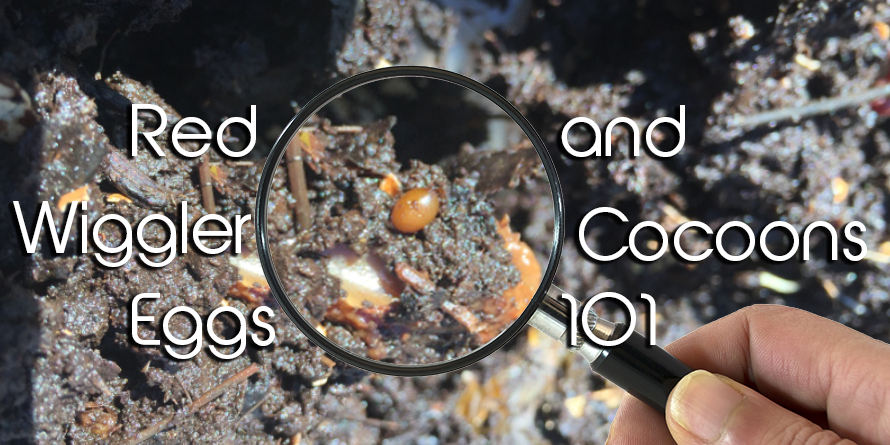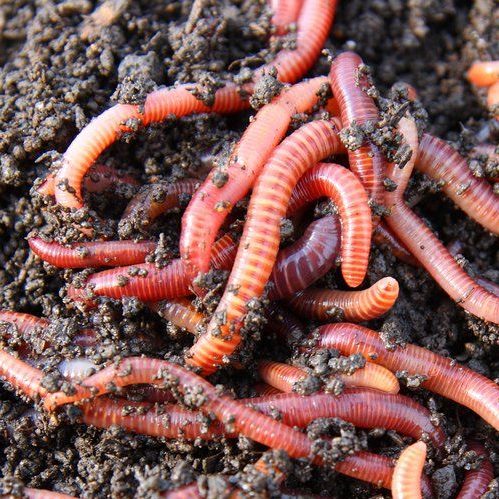Lake Hickory Bait Provides the Tools You Need for a Perfect Lawn
Lake Hickory Bait Provides the Tools You Need for a Perfect Lawn
Blog Article
Red Wigglers: The Unsung Heroes of Organic Waste Recycling
Red wigglers, or Eisenia fetida, serve as critical representatives in the natural waste recycling process, changing disposed of materials right into beneficial vermicompost. As the world progressively looks for options to combat waste build-up and improve agricultural performance, understanding the function of these worms ends up being crucial.
What Are Red Wigglers?
The impressive resilience of red wigglers, clinically called Eisenia fetida, emphasizes their important duty in natural waste recycling. These little, reddish-brown earthworms are commonly found in breaking down organic matter, such as garden compost piles and manure heaps. Lake Hickory Bait. Unlike other earthworm varieties, red wigglers grow in nutrient-rich atmospheres and are extremely effective at breaking down organic products, making them essential for vermicomposting

(Red Wiggler Express)In addition to their duty in waste decrease, red wigglers add to soil health and wellness by boosting dirt structure and aeration with their delving tasks (Lake Hickory Bait). Their existence in composting systems not just boosts decomposition prices however likewise advertises a lasting approach to throw away management, showing their importance in environmental conservation efforts
Benefits of Composting With Worms
Composting with worms, specifically red wigglers, supplies countless advantages that boost both waste administration and soil health. These worms efficiently break down natural waste, transforming it right into nutrient-rich vermicompost that improves soil. This procedure speeds up decay, enabling a quicker recycling of cooking area scraps and various other natural products compared to standard composting approaches.
Additionally, the vermicompost created by red wigglers is bursting with valuable microorganisms, which assist boost dirt framework, oygenation, and wetness retention. This improves the general health of plants, promoting energetic growth and increased yields in gardens and farming settings. Furthermore, making use of worms in composting minimizes the manufacturing of greenhouse gases, such as methane, contributing to a much more sustainable waste administration system.

Just How to Begin Vermicomposting
Establishing a vermicomposting system is a simple process that can produce considerable benefits for both waste administration and soil enrichment. To begin, select an ideal container, such as a plastic container or wood box, with sufficient ventilation holes to ensure proper air flow. The dimensions need to preferably be about 2 feet by 3 feet, enabling enough area for the worms to flourish.
Following, prepare bed linen product, which can include shredded paper, cardboard, or coconut coir. This bedding must be moistened to produce a suitable habitat for the worms. As soon as the bed linen is in place, introduce red wigglers (Eisenia fetida) right into the bin, typically around one pound of worms for every square foot of area.
Following the placement of worms, include natural waste, such as fruit and vegetable scraps, coffee grounds, and crushed eggshells. With these actions, you will properly start a vermicomposting system that contributes to lasting waste management and enhances your soil.
Preserving a Healthy And Balanced Worm Bin
(Lake Hickory Bait)Maintaining a worm bin thriving needs routine attention and like guarantee the health and wellness of the red wigglers and the effectiveness of the composting procedure. Correct upkeep starts with monitoring the wetness degrees; the bin needs to perspire yet not soaked. A good guideline of thumb is to maintain a consistency similar to a wrung-out sponge.
Aeration is crucial. Gently blending the bed linen and food scraps every few weeks protects against compaction and ensures that all worms have access to oxygen. Furthermore, it is necessary to feed the worms appropriately. A well balanced diet of vegetables and fruit scraps, coffee grounds, and smashed eggshells ought to be provided in moderation to stay clear of overfeeding, which can bring about odors and bugs.
If the bin becomes as well warm or chilly, the worms may end up being worried. By faithfully handling these elements, one can preserve a durable and productive worm container.
Influence on Lasting Living
The successful maintenance of a worm bin not just profits the health of red wigglers however also contributes considerably to lasting living techniques. By reusing this content organic waste, such as kitchen area scraps and lawn debris, red wigglers aid divert considerable amounts of material from land fills. This reduction in waste not only decreases greenhouse gas emissions but also decreases the environmental burden connected with waste administration.
Moreover, the spreadings generated by red wigglers work as a nutrient-rich organic fertilizer, boosting dirt health and wellness and advertising plant growth. This natural option to chemical plant foods supports lasting agriculture and horticulture practices, minimizing reliance on artificial inputs that can harm environments. Furthermore, worm composting promotes awareness of waste management, encouraging people and communities to adopt more sustainable behaviors.

Conclusion
In recap, red wigglers serve as important contributors to organic waste reusing via their reliable decomposition of organic products. By integrating vermicomposting right into waste management methods, individuals and areas can dramatically decrease waste while advertising ecological sustainability.
Report this page